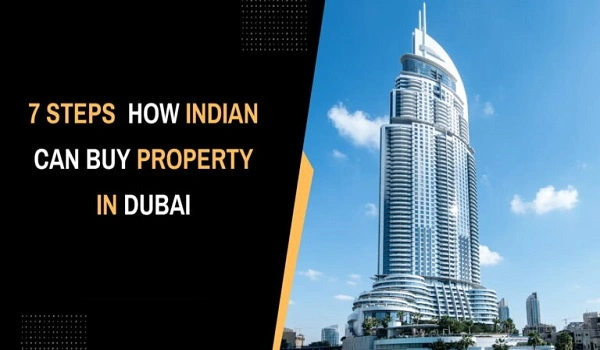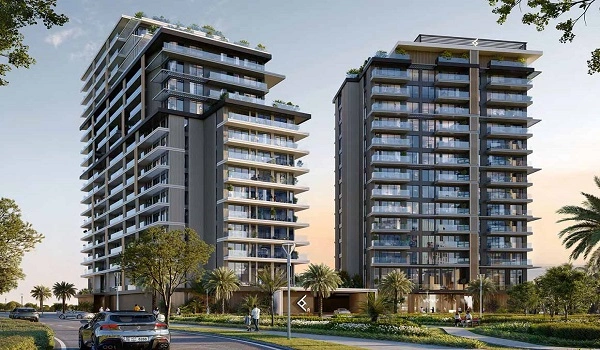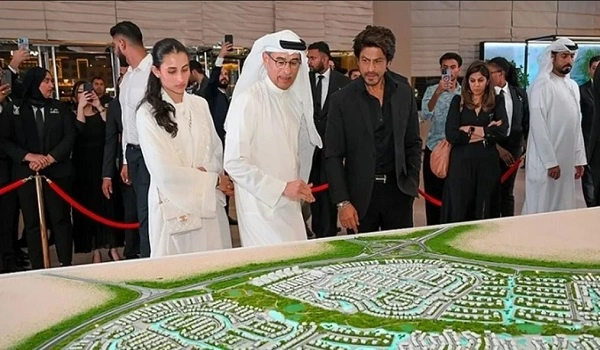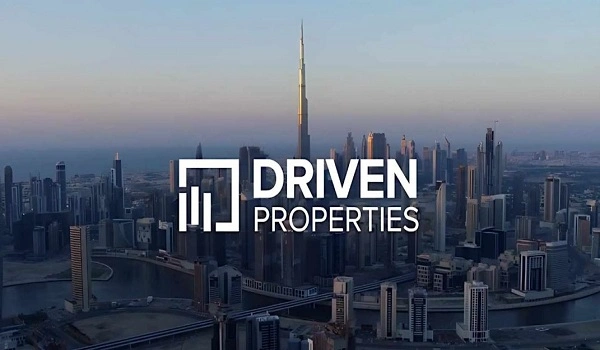Why Middle-Class Indians Prefer Investing in Dubai Property Over Indian Real Estate
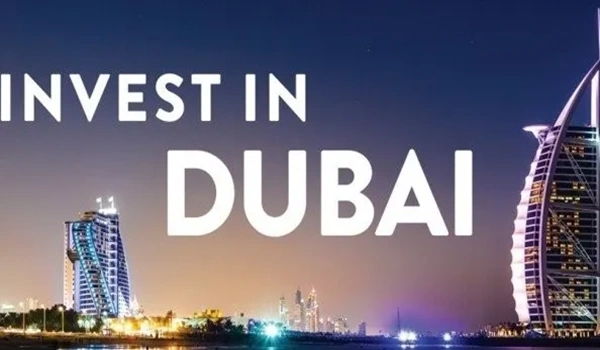
Many middle-class Indians are now choosing Dubai over India when it comes to buying property. This trend isn't just about owning homes abroad—it's about building wealth, earning steady income, and securing a stress-free retirement.
Experts like Bengaluru-based CA Abhishek Jamuar say this shift is happening because Dubai offers better returns, lower loan rates, and fewer financial risks. In short, the same hardworking families who would struggle with high EMIs in India are using the Dubai property market to create real financial security.
In Dubai, rental yields are higher and loans are cheaper. For example, apartments in areas like Jumeirah Village Circle or Dubai South often give rental returns of 6% to 8%. In India, homes in big cities like Mumbai or Delhi usually return only 2% to 3%, which barely covers maintenance.
Also, the average mortgage rate in Dubai is around 5%—much lower than India's 9–10%. This means monthly EMIs in Dubai are smaller, giving families more room to save and invest.
Jamuar notes, "There are Indian couples in Dubai who now own two or even three homes. These are not rich people—just regular working professionals who planned well and stayed disciplined. Their EMIs are manageable, and their properties earn rent. That's how real wealth is built."
Dubai offers a notable advantage with its tax-free system for property owners. There is no annual property tax, no taxation on rental income, and no capital gains tax when you sell.
In contrast, Indian homeowners face multiple taxes—property tax every year, income tax on rent, and capital gains tax when selling. Even NRIs investing in India are not spared.
While India and the UAE have a Double Taxation Avoidance Agreement (DTAA), most Indian residents still have to pay tax in India on Dubai rental income. But since Dubai charges no tax, your net return is still much better.
Buying property in Dubai is becoming more realistic for middle-income Indians. Many apartments fall in the AED 1 to 3 million range (₹2.2 to ₹6.6 crore). If a buyer puts down 20% plus some fees, the upfront investment comes to about ₹35–50 lakh—affordable for dual-income families who have saved over time.
Banks in Dubai also offer loans to NRIs with loan-to-value (LTV) ratios up to 80%, depending on income. So you don't need full cash to get started.
Take BNW La Perla, for example—a new waterfront project on Al Marjan Island. It offers spacious 1, 2, and 3 BHK apartments starting at AED 2.3 million. With sea views, modern design, and strong rental potential, it's ideal for buyers who want both comfort and returns.
Dubai's property market is well-regulated and transparent. All records are digital, and buyers get clear title deeds through the Dubai Land Department (DLD).
This is a big plus compared to India, where property paperwork can be messy, and legal disputes are common in some states. Buyers in Dubai enjoy a smoother, more professional experience.
Dubai isn't just about property—it's about better living too.
- Safety: Dubai ranks among the safest cities in the world.
- Residency: Properties worth AED 750,000+ can get you a 2-year investor visa. Those worth AED 2 million+ qualify for a 10-year Golden Visa.
- Quality of Life: Clean roads, modern hospitals, top schools, and world-class shopping make Dubai a great place for families.
- Proximity: A short 3–4 hour flight from India means you can easily visit or manage your home.
Still, buyers should be aware of a few things:
- LRS Limit: Indians can send only USD 250,000 abroad per year. Bigger investments might need joint accounts or staged payments.
- TCS Charges: If you send more than ₹10 lakh in a year, there's a 5% Tax Collected at Source. This isn't a final tax, but it affects cash flow.
- Maintenance Costs: Dubai has service charges and fees (DLD registration, broker commission, utilities), so plan your budget carefully.
- Tax Resident Rules: If you live in India and earn rent from Dubai, you must declare it here and pay taxes based on Indian income rules.
- Currency Risk: Since Dubai's currency is tied to the US dollar, a falling rupee can make the total investment more expensive.
For many middle-class Indians, buying property in Dubai is not about status—it's about smart money. The city offers better returns, lower risks, and real financial freedom.
With transparent rules, tax benefits, and lifestyle perks, Dubai gives Indian families the chance to earn rental income, build retirement wealth, and live without the constant pressure of high EMIs. Projects like BNW La Perla add even more value by offering premium homes in a peaceful, well-connected location.
If you're saving up to buy a home, Dubai might just be the smarter, calmer place to start.
